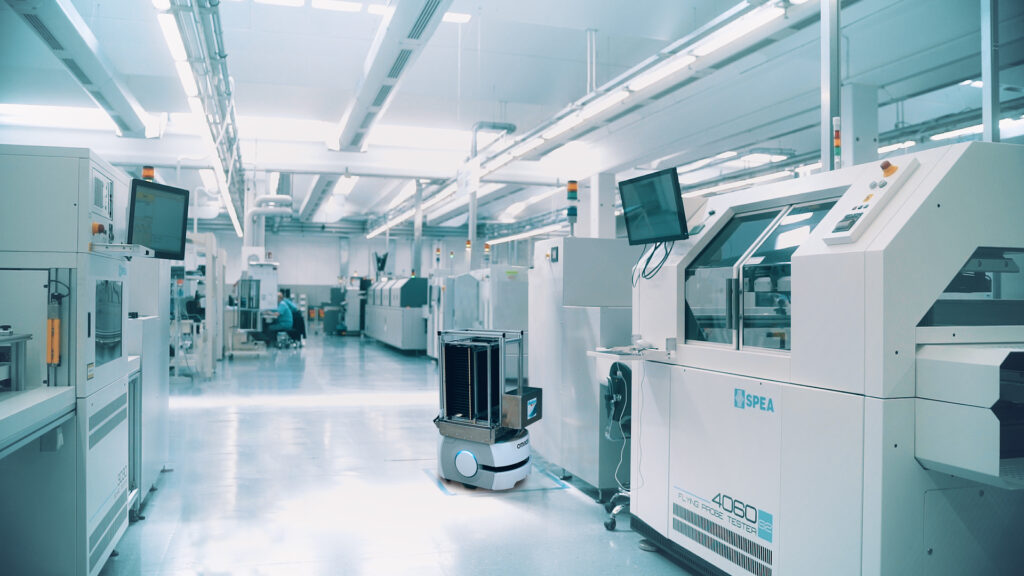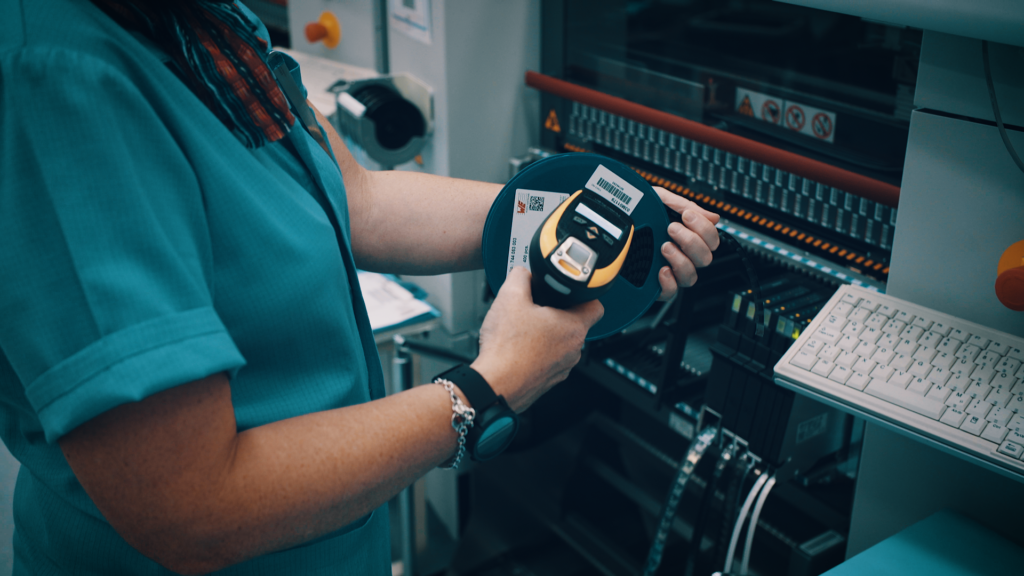‘No More Gut Feeling’ – Webinar Recap

In this first of a series of webinars sponsored by Mentor, a Siemens Company, Eric discusses the process of automating material management with Zac Elliott and Sagi Reuven. They identify and explore four challenges EMS companies face in the digital transformation journey: delivering lot size of one; optimizing material usage, particularly in times of supply chain disruption; making data useful; and compliance issues when some regulations require records be kept for 15 years. These two experts explain with examples and case studies exactly how EMS companies can implement these powerful tools to detect counterfeit components and much more.
Automated material management systems have evolved to address some of the barriers to adoption. One such barrier that puzzled Sagi Reuven led him to conduct an informal poll on LinkedIn. He asked his colleagues whether they still used ‘gut feeling’ to make decisions. Surprisingly, he found that 50% said yes, they preferred their own gut feeling when they made decisions rather than relying on data. He asked himself, why is that? Was it because of ego? They just didn’t want to try something new?
Instead, he decided that no, it’s because the data must not be solving real problems on the shop floor. People working in factories are very busy. If the data isn’t accessible — if it is hard to visualize what it means, then it really isn’t more valuable than relying on ‘gut feeling’ and experience. Sagi believes the Mentor solution address this issue.
Efficient management of raw materials and subassemblies is important to maintain profitability in electronics manufacturing. Misused materials contribute to the cost of poor quality, and poorly executed logistics tasks lead to downtime and lost production. ERP systems handle requirements at a very high level but fall short in managing the needs of the shop floor. Valor Material Management bridges the gap between ERP and the shop floor and provides the core capabilities used to drive a fully automated material management solution. This post will discuss the primary components of such a system and how they work together.
New webinar on-demand – “No More Gut Feeling: Leveraging Data for Productivity Excellence” >>
Valor Material Management
At the core of this automated material management solution is Valor Material Management. The system features an engine which is capable not only of forecasting all material needs for active production, but also identifying the replenishment materials in stock, and then coordinating the delivery tasks. This is no easy feat, requiring information from ERP, from the production line, and from its own internal database that is tracking the location and availability of each package of component materials in inventory.
Valor Material Management provides a standard interface for ERP systems, the data acquisition technology to normalize machine data, and all client applications needed for detailed tracking of components and materials on the shop floor. After the system forecasts the need for materials, picklists are automatically printed and used by warehouse staff to drive manual logistics operations. Additionally, the picklists are transferred to any relevant automated storage and delivery systems to support automated logistics operations.

Automated Storage
Material towers and smart shelves are two types of automated storage systems that can replace the typical racks and shelves used across the factory for storing electronics components.
Smart shelves are a low cost entry point to deploying automated storage. The smart shelf typically includes a computer which tracks the materials stored in the unit and LED lights at each slot in the shelf which guide the user through pickup and put away processes. Smart shelves reduce the time needed to locate and store materials while also reducing the likelihood that the wrong material is pulled for production. When materials are needed to resupply production, Valor Material Management sends the picklist directly to the shelf which activates the LED lights to guide the operator to the required materials.
Material towers offer more capabilities to automate the storage and management of materials but carry a higher price tag than the typical smart shelf. Material towers are fully enclosed with robotics that transfer materials from the loading/unloading drawer into the tower for long term storage. Material towers are usually larger than smart shelf units with a higher capacity for material inventory. Many material towers have the capability to provide environmental controls for moisture-sensitive devices (MSD). Material towers integrate seamlessly with Valor Material Management as the master material database tracking all materials in storage and in production.
Autonomous delivery
With the storage and retrieval of materials streamlined, automated robots can be used to transfer materials from the storage location to the point of use. Multiple automated robots typically work together as a fleet which is controlled by a central dispatcher. The dispatcher handles requests from external systems and direct the robots to the desired locations. The picklists generated by Valor Material Management are communicated directly to the fleet dispatcher to drive the robots from the storage location for loading and then onto the production floor for unloading at the line.
Fully automated material management
Valor Material Management capabilities drive a fully automated material management solution. To learn more, I’d like to invite you to watch our webinar on-demand No More Gut Feeling: Leveraging Data for Productivity Excellence.












